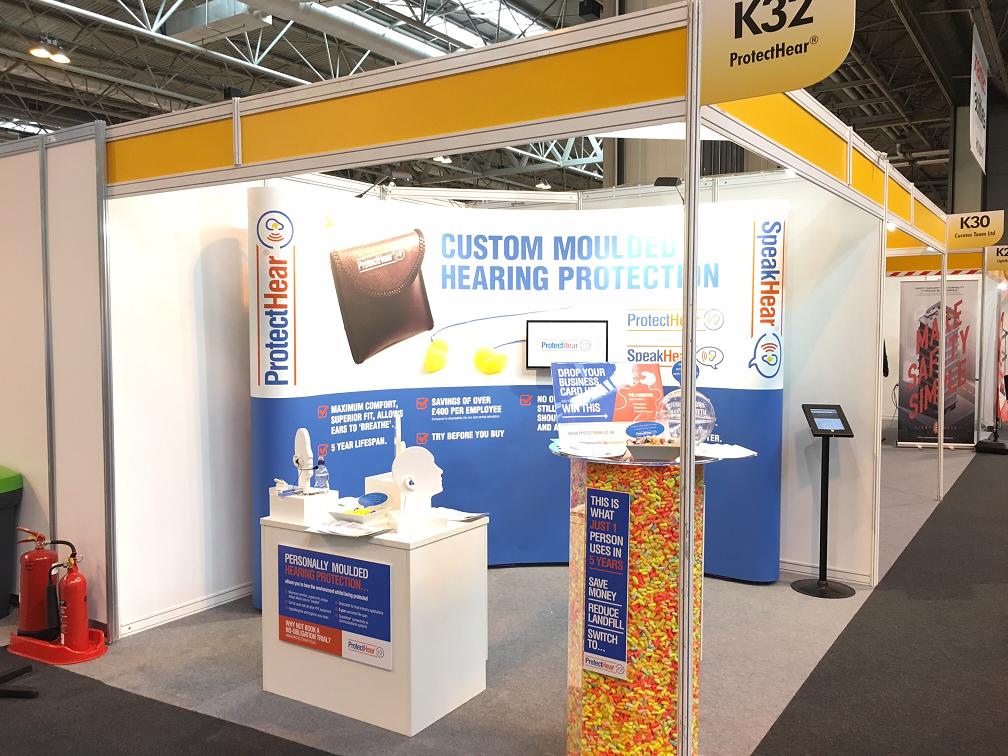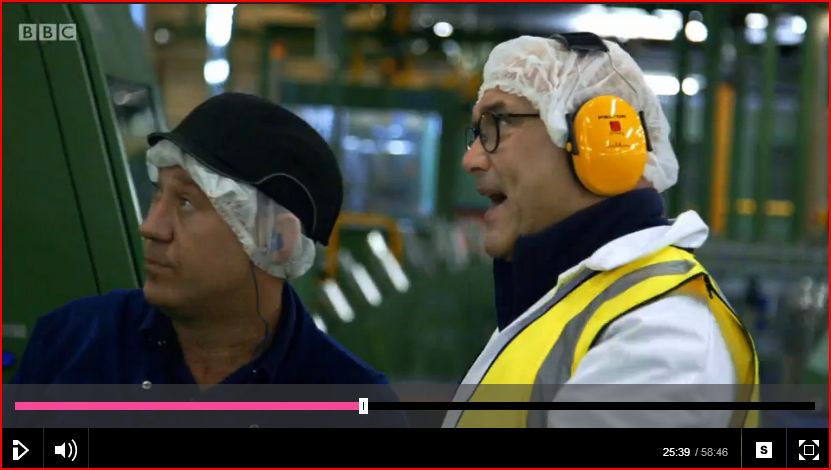What is an SNR level?
What is an SNR level?
A Single Number Rating (SNR) is a specification used to determine protection levels given by all hearing protection and provides an easy reference to compare the different types of hearing protection. The higher the SNR level the more protection the product gives in a noisy environment. It is commonly thought that 29 SNR would protect by 29dB, but this isn’t accurate. Protection levels can be found out by comparing the Octave Band Analysis (noise testing) of your environment, against the octave band table provided by all hearing protection. The SNR protection is dependent on the level of frequency.
All companies must provide hearing protection as an option when the noise level is on average 80dB, with a noise level of 85dB being the action level where hearing protection is made mandatory. Companies must also ensure they are not over-protecting employees; protectors should not attenuate to a level below 70dB. This is to guarantee employees can still communicate and hear warning signals.
We offer 4 filters for our ProtectHear® product being 14, 23, 29 and 31 SNR. This is to give customers more options when your environment is either just above the action level or at the top level. For example the 14 SNR would be for noise levels at the action level therefore not over-protecting. Whereas the 31 SNR would be used at around 95dB level, again being dependant on your noise survey with both examples. Our ProtectHear® attenuates noises to a safe level, meaning our ear plugs can be worn all day without having to take out for conversations.
Follow the text for more information on noise at work.








